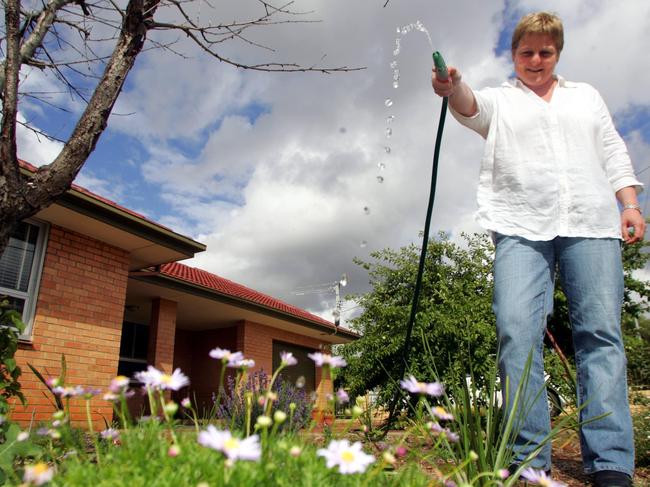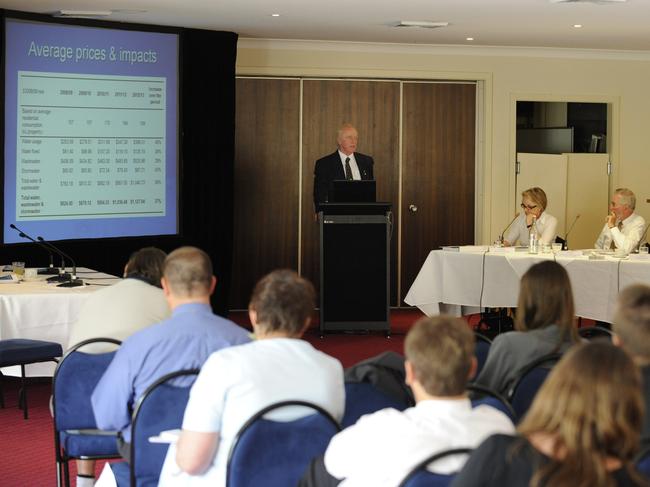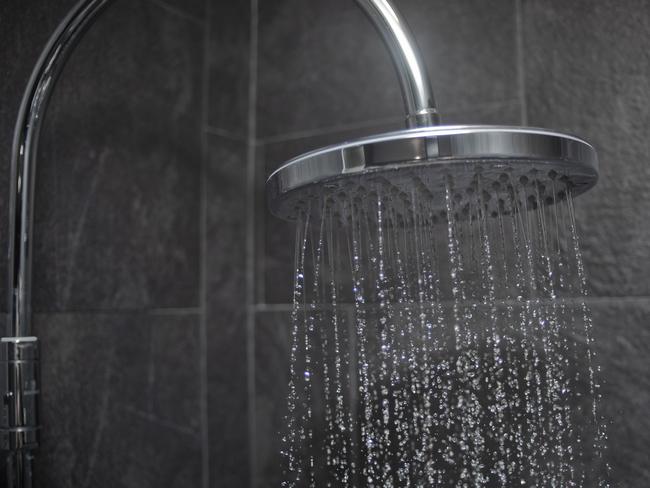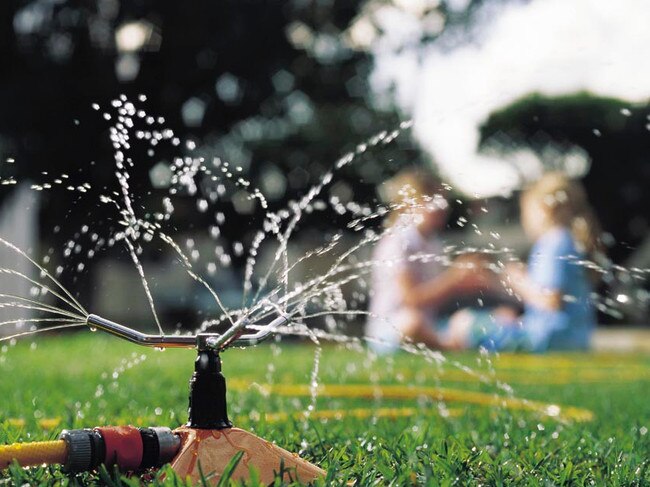IPART reviews Central Coast Council water, sewerage and stormwater charges
If the answer is no, then you might want to start drafting your submission to the NSW pricing regulator who is reviewing Central Coast Council’s water, sewerage and stormwater charges again.

Central Coast
Don't miss out on the headlines from Central Coast. Followed categories will be added to My News.
- Council axes its most hated levy
- 5 things the council decided this week
- Most disgraceful episode ever in rugby league
If you’re not in favour of paying higher water, sewerage and stormwater fees from the middle of next year, it’s time to start drafting your submission to the NSW pricing regulator.
The independent Pricing and Regulatory Tribunal (IPART) is reviewing Central Coast Council’s charges — the first time it has looked at the maximum prices charged by the amalgamated council.
Yesterday it released a discussion paper outlining the process and nature of the review and outlining the key issues that would be investigated.

They include:
■ How the merger of Gosford and Wyong councils could affect the water, sewer and stormwater charges.
■ Whether the different pricing structures that exist in the two councils should remain.
■ Whether residential and non residential customers should pay the same.
■ Whether storm water charges should be based on land size.
■ How long the determination should remain in force.
The review will also look at bulk water transfer charge between the Central Coast Council and Hunter Water.

Council has until September 7 to lodge its submission and will hold a series of workshops to get public feedback on water, sewer and stormwater services across the region.
■ The first workshops are on Wednesday, July 18, 10am — 12pm and 6 — 8pm at The Erina Centre, Erina Fair.
■ The second two are the following day (July 19) 10am — 12pm and 6- 8pm, Central Coast Council, Wyong Office, Hely St, Wyong.
Other stakeholders have until October 12 to make a submission or they can attend a public hearing on November 27.
Past reviews
If previous reviews are any indication, prices are likely to rise — the independent Pricing and Regulatory Tribunal introduced increases in 2013, 2009 and 2006.
The tribunal last did a review in 2013 and under that determination, a typical Gosford Council residential customer using 200 kl of water per year saw their water and sewerage bills increase by an average of 6.4% per year, and by 28.0% over the 4 years to 2017. That was a total increase of $297.

For non residential customers the IPART determination saw water and sewerage bills for most customers increase due to higher service charges. The water usage charge rose in line with inflation, predicted at that time to be 2.5% per year. It was $2.34 per kl in 2016/17.
Most Wyong Council residential customers’ annual water and sewerage bills also increased in 2013 but by a smaller amount. Under the IPART determination a typical residential customer using 200 kl of water per year saw their water and sewerage bills increase by an average of 1.7% per year, and by 7.0% over the 4 years to 2017. This was a total increase of $73. The increase in bills was lower than the rate of inflation. For non residential customers the increase was less than the rate of inflation.

How IPART works it out
The first step IPART takes to decide what should happen to charges is to work out the cost of providing council’s water, sewer and stormwater services and then work out how to recover that amount from ratepayers.
This requires a certain amount of forecasting by councils about operating costs and any planned capital works programs.

IPART data shows that both of the former councils underspent water, sewer and stormwater funds when actual revenue was compared to forecast revenue for the 2013 review.
However, counci’s ageing water mains and the need to replace them may add to pressure to increase revenue, along with significant water quality problems in many suburbs.
